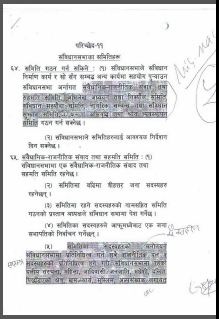Reference




OpenAI's Answer
The formation of the Second Constituent Assembly of Nepal was primarily a response to the failure of the first Constituent Assembly, which was dissolved in 2012 without fulfilling its main task of drafting a new constitution. This led to a political and constitutional crisis in Nepal, creating the necessity for a new election to form another assembly.
Key factors leading to the Second Constituent Assembly included:
-
Dissolution of the First Assembly: The first Constituent Assembly, elected in 2008, was dissolved after failing to draft the constitution by the deadline, primarily due to disagreements among political parties on issues like federalism, the structure of governance, and identity politics.
-
Political Stalemate: The dissolution left a vacuum in Nepal's political structure, necessitating a body to undertake constitutional responsibilities and also to act as the interim parliament.
-
Call for New Elections: With no constitution in place and the political stalemate persisting, elections were called for a new Constituent Assembly, which took place on November 19, 2013.
-
Broader Mandate and Support: The Second Constituent Assembly was seen as a way to bring more consensus and include a wider range of political perspectives in the constitution-making process.
The assembly was instrumental in Nepal eventually promulgating its new constitution in September 2015 source.
Follow Up
Related
How many times was Louis Lacoste elected to the Legislative Assembly before Confederation?
What decision was made at the 10th session of the IXth National Assembly?
Who was elected without opposition during the 30th General Assembly of Newfoundland?
Which publication accused the Legislative Council and House of Assembly of Quebec?